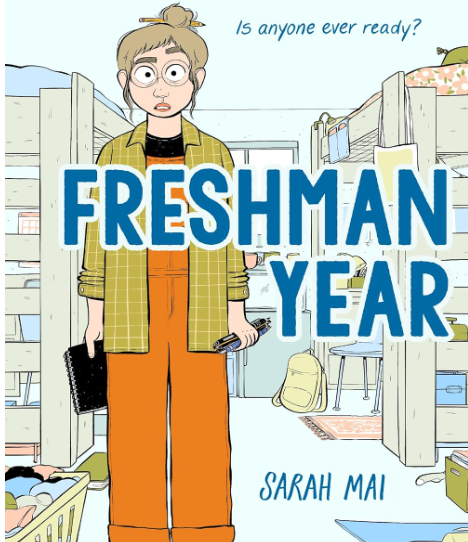Who Will You Be in Four Years? (Blog Post due, Thursday, Sept 5th, Groups 1 & 3)
In this blog post, you will write a letter to your future self. What is it that you want to say to your future self about their journey at Longwood? What do you hope your future self accomplishes? What types of experiences do you hope your future self will have had during four years at Longwood?
This will require you to think in detail about the types of things you hope to do while you are here? Do you hope your future self will have gotten involved while here? Be specific, what types of things do you hope you’ll be involved in? It’s all about the details.
Remember that ALL blog post have to be 300-500 words in length. Not over, and NOT under. Points will be taken if you are either.
